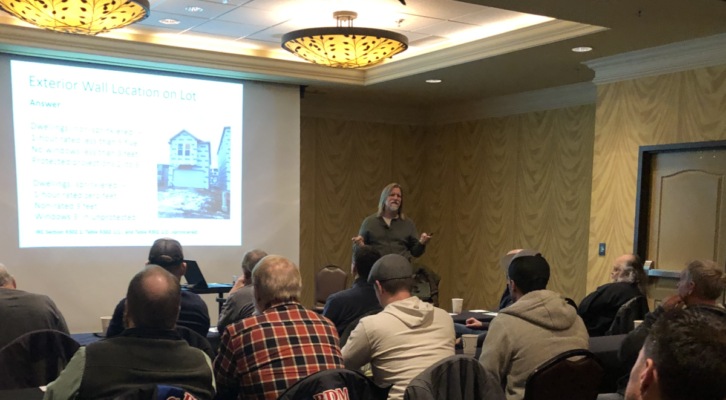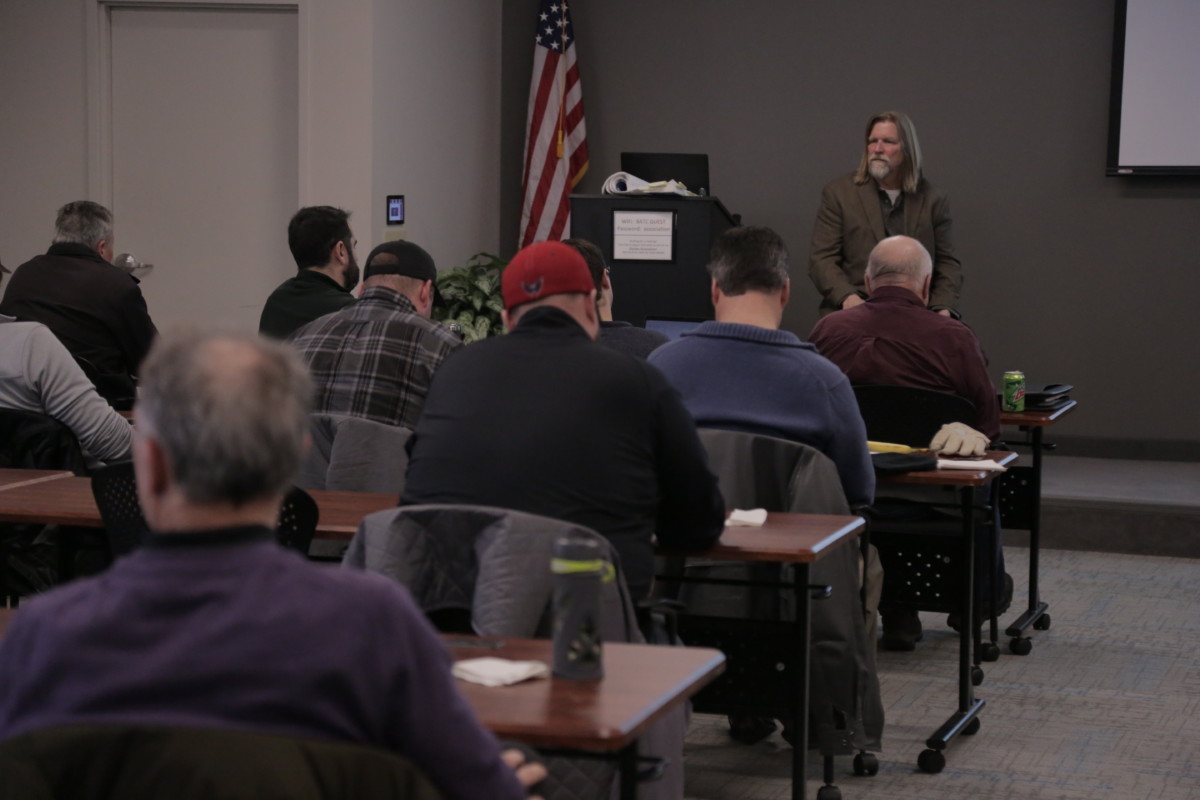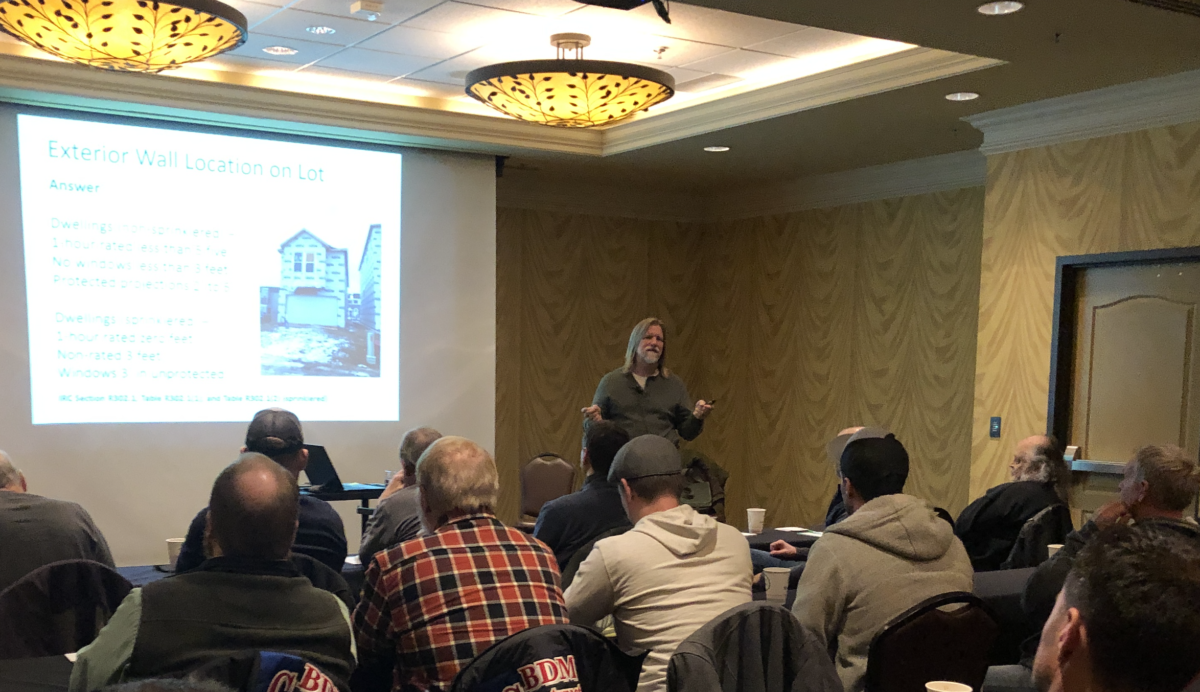By Peter Kulczyk, Green Code Knowledge
Have building and construction questions? We have the answers! Peter Kulczyk of Green Code Knowledge, a building industry expert and
Q. As a residential roofing contractor I have heard recently that some of the asphalt shingles sold in the marketplace do not meet the Minnesota code for wind resistance. What should we be looking for on the shingle package or in the manufacturer’s installation instructions?
A. The Minnesota Residential Code, in IRC Section R905, addresses these requirements. Shingles in Minnesota are required to be rated for 3-Second Gust Winds at 90 mph. If the shingles were tested based on ASTM Standard D 7158, then the shingles are to be rated as Class D, G or H. If the shingles were tested based on ASTM D 3161, then the shingles are to be rated as Class A, D or F. The wind rating needs to be on the shingle package and in many cases the manufacturer only notes the warranty wind rating which may have nothing to do with the requirements in the code.
Q. I have a 100-year-old brick house that Q has a limestone basement wall. The wood floor joists for the first floor
A. First, your inquiry addresses best practices, building science and building codes. From a building code standpoint, that being that it is an existing structure, there are no building codes or energy codes that require this house to be updated to meet any current code. If you choose to install insulation, then the building code may address some of the products related to flame spread index and smoke-development when foam plastic insulation products are used, along with thermal barrier fire separation from the interior space
Before you consider investing in any possible solutions to your inquiry, I would suggest that you look into having a building science/energy professional analyze your house, which may include blower-door testing or infrared evaluation. The results of this analysis might include recommendations for the installation of an exterior water-resistive barrier and/or insulation designed for exterior use including ground-contact. It might even include the use of
The top of the limestone wall on the interior side could be insulated with an open- or closed-cell spray foam that would serve as an insulator and air sealer. Fiberglass insulation is an excellent insulating material but it is not considered an air-sealing material and it appears that the top of your limestone wall may be a source of free air-movement
If the basement floor is gravel or dirt, the installation of a new concrete floor poured on top of a 6-mil poly vapor retarder may prevent additional moisture from entering from below. If the basement floor is currently a concrete slab than additional measures to seal all penetrations (plumbing penetrations, etc.) and the perimeter where the concrete slab meets the limestone basement wall could be taken as a means to prevent more moisture penetration from below.
HAVE CONSTRUCTION-RELATED QUESTIONS?
EMAIL THEM TO ASK@BATC.ORG.

















